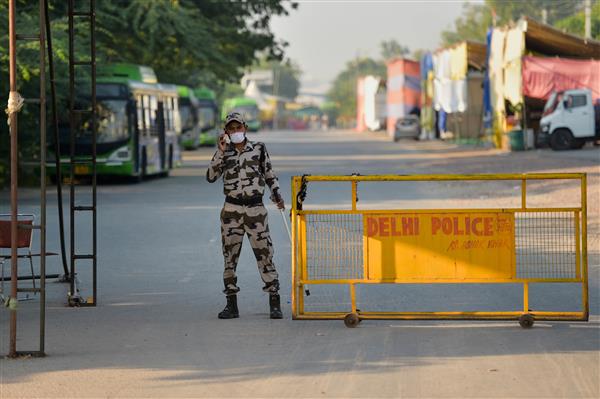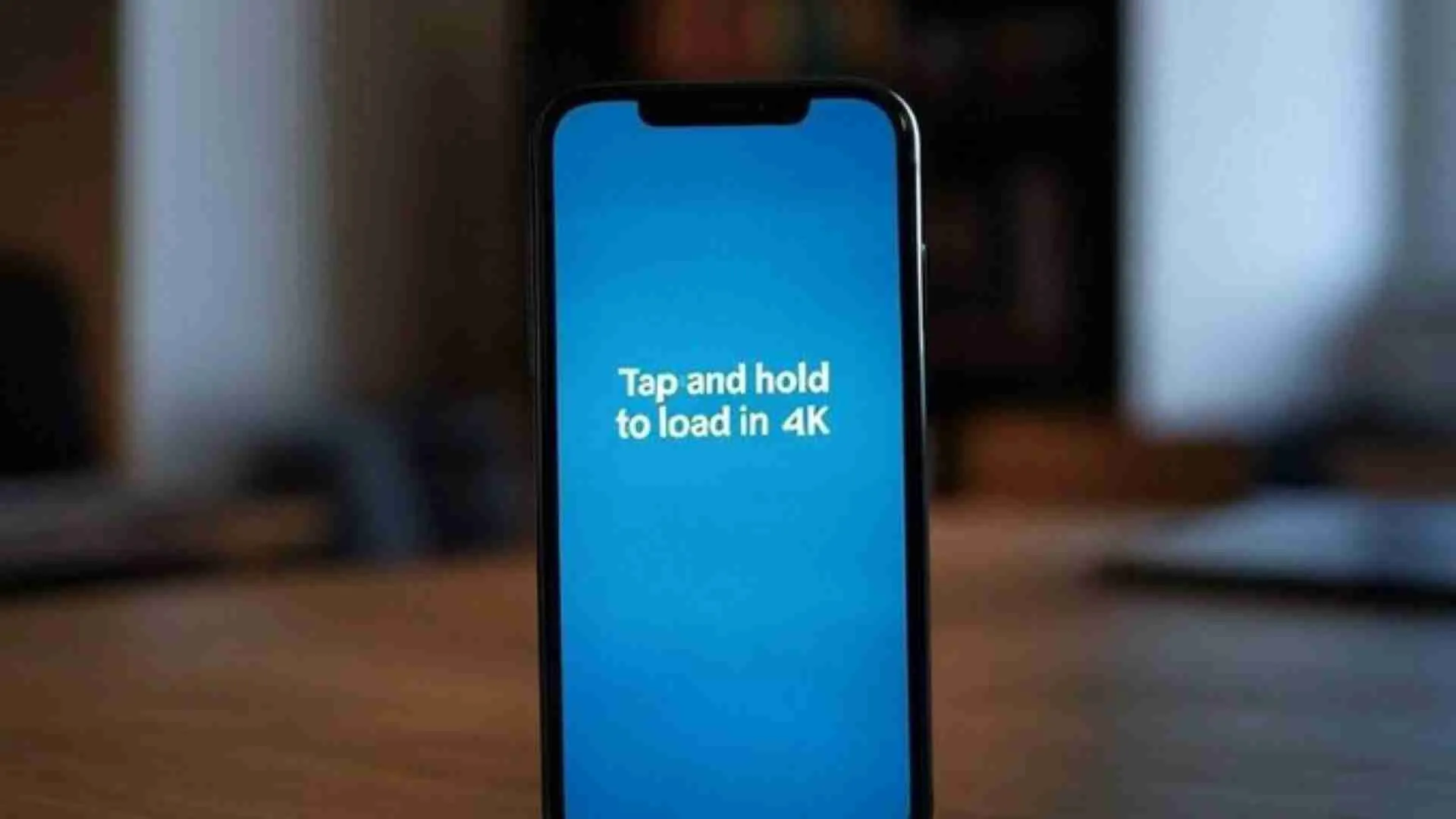Delhi Traffic Police on Sunday piggybacked on Deepti Sharma’s ‘Mankading’ incident and gave the message of “alertness during driving” in its tweet.
The Delhi Traffic Police tweeted on Sunday, “Why alertness is important during driving…#RoadSafety #Mankading #INDvsENG #ENGvsIND”
Sometimes, the batter at the non-striker’s end leaves his popping crease while the bowler is in his/her final delivery stride. If a bowler sees this, he/she can legally attempt to run out that batter as per the laws of the sport.
Earlier on Saturday, Indian all-rounder Deepti Sharma’s act of ‘mankading’ England’s Charlotte Dean at the non-striker’s end generated a lot of polarising reactions on social media, leaving the cricketing fraternity divided.
Indian cricket legend Vinoo Mankad first did this during 1947-48 during India’s tour of Australia by running out Australia’s Bill Brown at the non-striker’s end, which earned it the name ‘Mankading’.
Though many cricketers argue that it is against the spirit of the game,
it is totally legal as per the sport’s laws.
As per Marylebone Cricket Club (MCC) Laws of Cricket, “If the non-striker is out of his/her ground at any time from the moment the ball comes into play until the instant when the bowler would normally have been expected to release the ball, the non-striker is liable to be Run out.
In these circumstances, the non-striker will be out Run out if he/she is out of his/her ground when his/her wicket is put down by the bowler throwing the ball at the stumps or by the bowler’s hand holding the ball, whether or not the ball is subsequently delivered.”

















